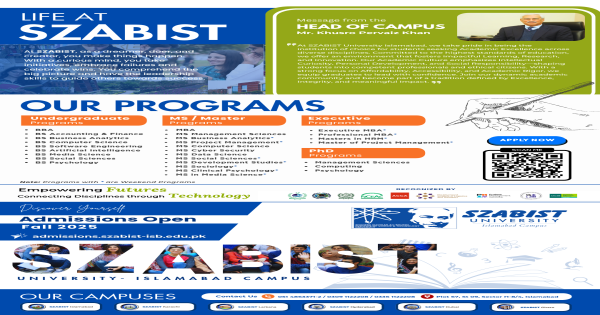1) There are around 3000 snake species in the world, and about 375 of these are venomous.
2) Snake venom is a complex mixture of proteins that, once unleashed, rapidly spreads through the victim’s body. Neurotoxic venom, which destroys the nervous system, is the variety that kills quickest.
3) Anaconda can grow up to 38 feet in length, the brahminy blind snake is just 2 inches long, making it the smallest snake.
4) Snakes have two long lungs, a long liver, kidneys and intestines. The last quarter of the snake has a small anal opening covered by a scale called the anal plate, and the rest is tail made up of more bone.
5) The paradise tree-snake of South-east Asia can ‘fly’ through the air by flattening its body into an s-shaped ribbon.
6) Snakes have more than 200 teeth, which they do not use to chew, since they point backwards, but bite and grip their prey securely.
7) Most toxic snake of all is the Inland Taipan of Australia. It could kill 100 people with a single bite.
8) The venom of the king cobra, the world’s largest poisonous snake, is strong enough to kill an elephant.
9) A snake does not look after its eggs or take care of the young ones but leaves the eggs to be hatched on their own. The young snakes therefore have special teeth to break open the eggs and come out.
10) Most snake species lay eggs, but some species give birth to live young. Snakes lay their eggs in a warm location. With the exception of some python species, eggs and young are not cared for by the male or female.
11) Snakes do not chew their food and have a very flexible lower jaw allowing them to open their mouths wide enough to swallow their prey whole, even if it is larger in diameter than the snake itself.
12) A snake’s heart can slide 1 to 1 1/2 times its length from its normal position, to allow the passage of swallowed prey. This is because of the relative mobility of the pericardial sac, which surrounds the heart.
13) Snakes move by relaxing and contracting muscles lengthwise along the body. Sidewinding is a specialized form of motion that allows a snake to travel with speed and relatively little expenditure of energy along loose desert sand. The snake lifts a loop of its body from the surface, using its head and tail. The loop is moved sideways and then back to the ground. This creates the typical series of unconnected parallel tracks.
14) Snakes have no eyelids. Instead of eyelids, snakes have a transparent scale protecting their eye.
Top Contributors
Related Articles
SZABIST University Islamabad – A Premier Destination for Higher Education in Pakistan
- Ilmkidunya
- 03/Jul/2025











































